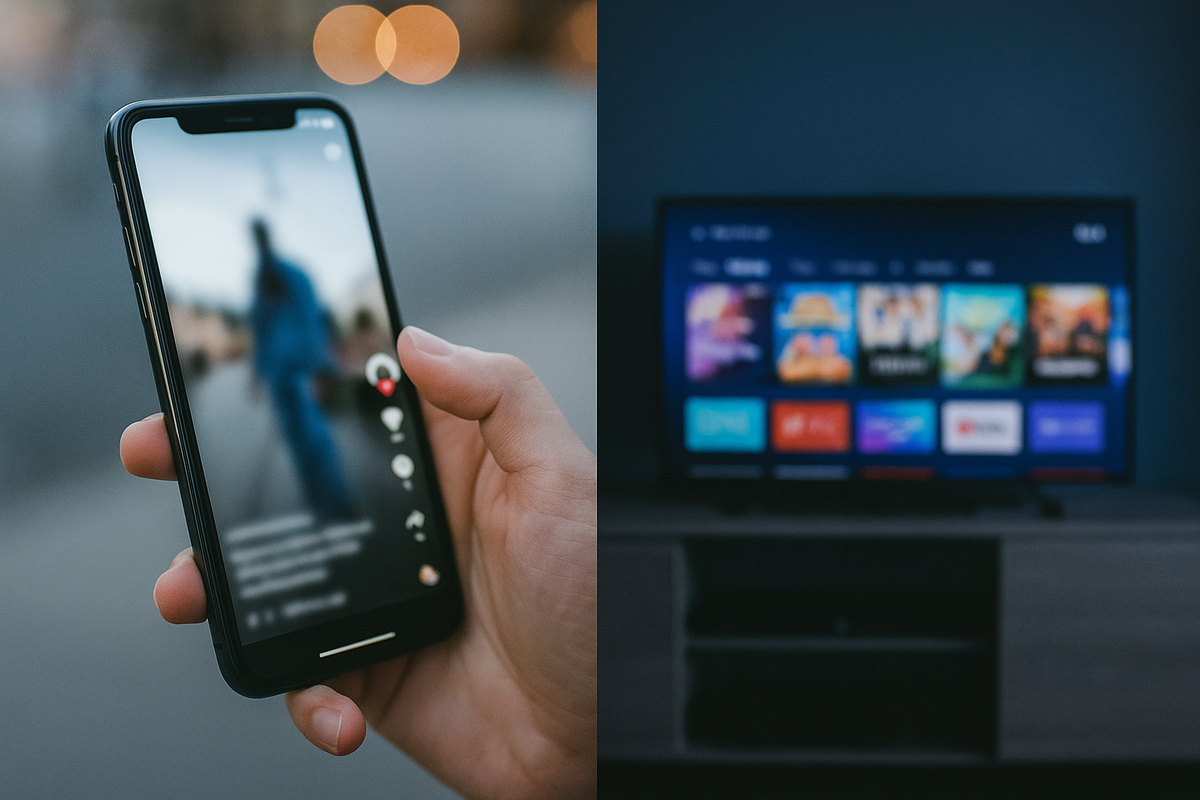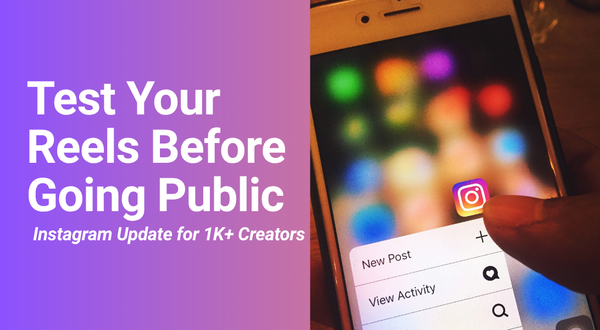TV Is No Longer the Main Screen — Mobile Is

For the first time ever, UK adults are spending more time on their mobile devices than watching live TV. According to IPA’s TouchPoints 2024, mobile has overtaken TV as the primary screen — a shift that doesn’t just reflect changing habits, but demands a radical rethinking of how brands show up.
The Tipping Point: 2024 by the Numbers
- UK adults now spend 2 hours and 43 minutes daily on mobile phones,
- Compared to 2 hours and 35 minutes on live TV,
- In 2015, TV usage was 56% higher than mobile — in less than a decade, the roles have reversed.
This isn’t just about screen time. It’s about attention, context, and control. Mobile usage is personal, on-demand, and fragmented — and that makes marketing on mobile fundamentally different from traditional broadcast media.
Why This Matters for Marketers
This isn’t just a media consumption stat. It’s a wake-up call.
- Mobile is now the primary battleground for attention.
If your brand isn't optimized for the scroll, swipe, and story format — you’re not just behind. You’re invisible. - TV-style storytelling doesn’t translate directly to mobile.
High-budget, slow-build ads don’t work in a world of 1.5-second decisions. You need creative built for sound-off, vertical, bite-sized impact. - Younger audiences are accelerating the divide.
Gen Z and Gen Alpha consume live TV the least — and mobile the most. If they’re your future market, mobile is not an option. It’s the default. - Media planning must break out of silos.
"TV vs. mobile" is an outdated framing. Modern planning requires understanding user states, device moments, and multi-screen journeys.
A New Screen Hierarchy
The data tells a clear story: mobile is no longer just part of the media mix — it’s at the center of it.
For marketers, creatives, and strategists, the challenge is no longer about “adding mobile” to existing plans. It’s about rebuilding campaigns from the mobile experience outward, respecting how people actually consume content in real life.
The brands that thrive won’t be the ones shouting louder — they’ll be the ones fitting into people's hands, minds, and moments.





